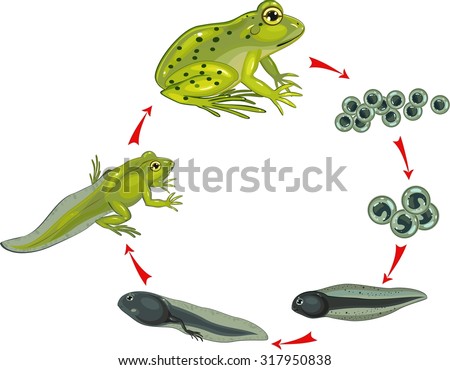So because of all that it should be clear that I am not talking about your fury friendly, cuddly mammals. I am talking about wild mammals. Mammals that have the unique defenses of venom and poison and that has the potential to make your life a miserable one.
Usually people do not think of poison and venom being related to mammals but many animals have the unique mechanism to defend themselves from other predators. So lets make a small list on some specific unusual venomous mammals!
 |
| http://www.dailymail.co.uk/sciencetech/article-2248049/New-species-slow-loris-jungles-Borneo.html |
- Duck Billed Platypus - the platypus contains venom barbs on their hind legs, which are connected to crural glands, that are capable of injecting venom. All juvenile platipi come from their eggs with these barbs, however the fully grown females drop these barbs unlike the males. The venom of the male platypus is somewhat still a mystery of scientist. Some scientist have found one of the main substances is heptapeptide 1, which main cause is producing excruciating pain by speeding up nerve responses. The venom of a platipus is not lethal to humans but does provide much much pain. This venom is similar to neurotoxins which snake from the elapidae family use. (check out my post on venomous snakes for more info) https://www.acs.org/content/acs/en/pressroom/presspacs/2010/acs-presspac-january-13-2010/unlocking-the-mystery-of-the-duck-billed-platypus-venom.html
- Desmodontinae - vampire bats! they contain anticoagulants (similar to some vipers) in their saliva that eats away at a wound for future feedings.
- Shrews and moles - Cuban solenodon, Hisponiolan solenodon, Mederterranian water shrew, Eurasian water shrew, American short tailed shrew, Southern short tail shrew, Elliot's short tailed shrew, Everglades short tail shrew, and European male are some mammals that contain venom. Shrew venom is used to cache (store food) living insects. The venom shut down insects bodies and the shrew will collect them for the winter. Shrews inject blarina toxins through grooves in their teeth. This toxin is lethal for mice but for humans it just causes severe pain. It brings out convulsions, irregular resperation, and paralysis in small organisms such as mice. http://www.uniprot.org/uniprot/Q76B45
- Slow loris - is the only venomous primate. the slow loris is a cute big eyed primate. In their armpit area they contain external glands that they lick to them a venomous bite. They will also tend to cover their foul smelling yet useful toxins onto their youngs to protect the juveniles from harm. Similar to a poison dart frogs poison the slow loris's venom is a batrachotoxin, which can be cardiotoxic and neurotoxic. Many people bitten by a slow loris face anaphylactic symptoms such as severe bleeding, vomiting, swelling, rashes, and even tissue decay. Oddly enough the slow loris is a very popular animal in the illegal pet trade.
Most mammals which secrete toxins usually are technically considered venomous not poisonous. Meaning that their toxic defense is often injected into the blood stream. Poison is not a popular defense mechanism with mammals. However if you are interested in the cause and affects of poison I encourage you took look at my previous post on Poison Dart Frogs.
Thanks for reading hope this was interesting and helpful! Feel free to leave a comment and drop some ideas for my future posts.
























